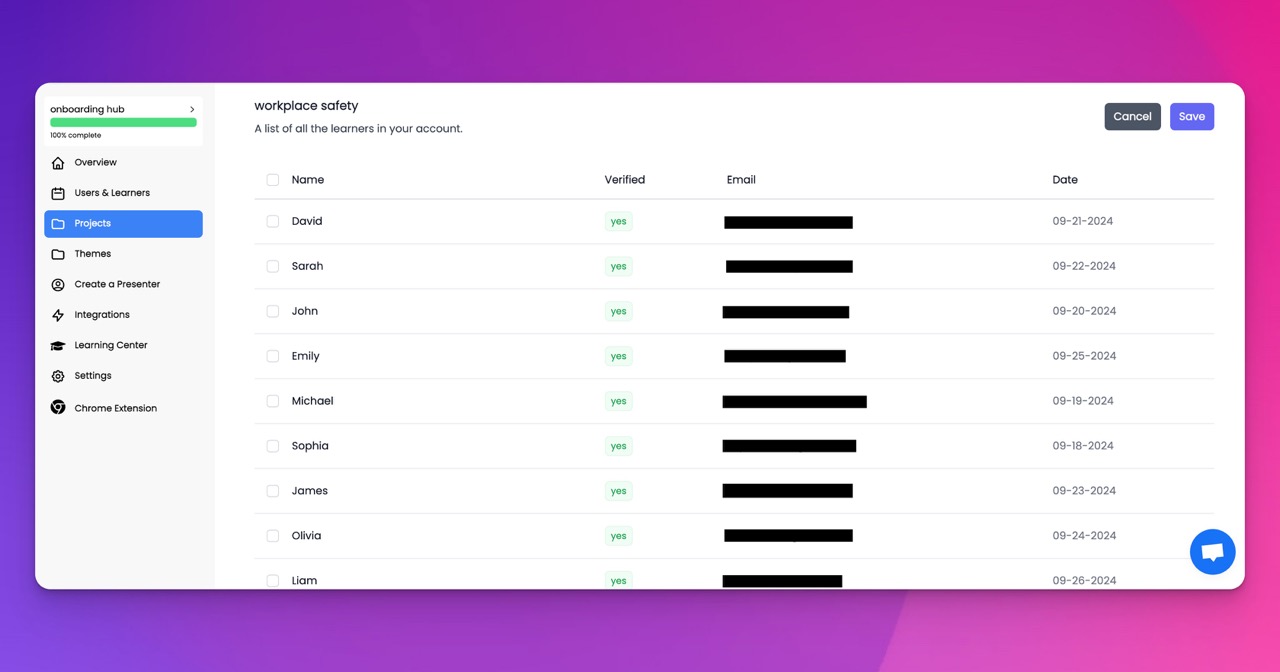🎉 Trainday now integrates with Zendesk and Hubspot 🎉 Trainday now integrates with Zendesk and Hubspot 🎉 Trainday now integrates with Zendesk and Hubspot
🎉 Trainday now integrates with Zendesk and Hubspot
How To Spot Counterfeit Money
Counterfeit money is a real threat to businesses and individuals alike. With the rise of technology and the ease of access to printing and copying machines, it has become increasingly easy for criminals to produce fake currency. However, there are ways to spot counterfeit money and protect yourself from being a victim of fraud.
One of the most important things to look for is the feel of the money. Authentic banknotes have a unique texture that is difficult to replicate. The paper should feel crisp and firm, and not flimsy or thin. The ink should also have a slightly raised texture that can be felt by rubbing your fingers over the surface.
Another way to spot counterfeit money is to examine the security features. Authentic currency has several built in features that are difficult to reproduce, such as watermarks, security threads, and microprinting. Hold the bill up to the light to see if there is a watermark, and check for the security thread by holding it up to a UV light. Microprinting is typically found in small, hard to read text that is visible under magnification.
Counterfeiters often produce bills that are slightly off in color or size. Compare the bill in question to a bill that you know is authentic to see if there are any noticeable differences. Pay attention to the details, such as the size of the portrait and the placement of the serial numbers. If anything seems off, it may be a sign of counterfeit money.
Finally, it's important to trust your instincts. If something doesn't feel right about the money you're being given, it's always better to err on the side of caution. Ask for a second opinion or ask for a different form of payment.
In conclusion, spotting counterfeit money takes a keen eye and attention to detail. By familiarizing yourself with the security features and texture of authentic currency, you can protect yourself from becoming a victim of fraud.
Accelerate Compliance.
Deliver OSHA-Ready Courses Instantly.
Empower your team with data-driven training solutions tailored to your industry's safety standards. Stay compliant, reduce risks, and boost productivity with AI-powered course creation.
